
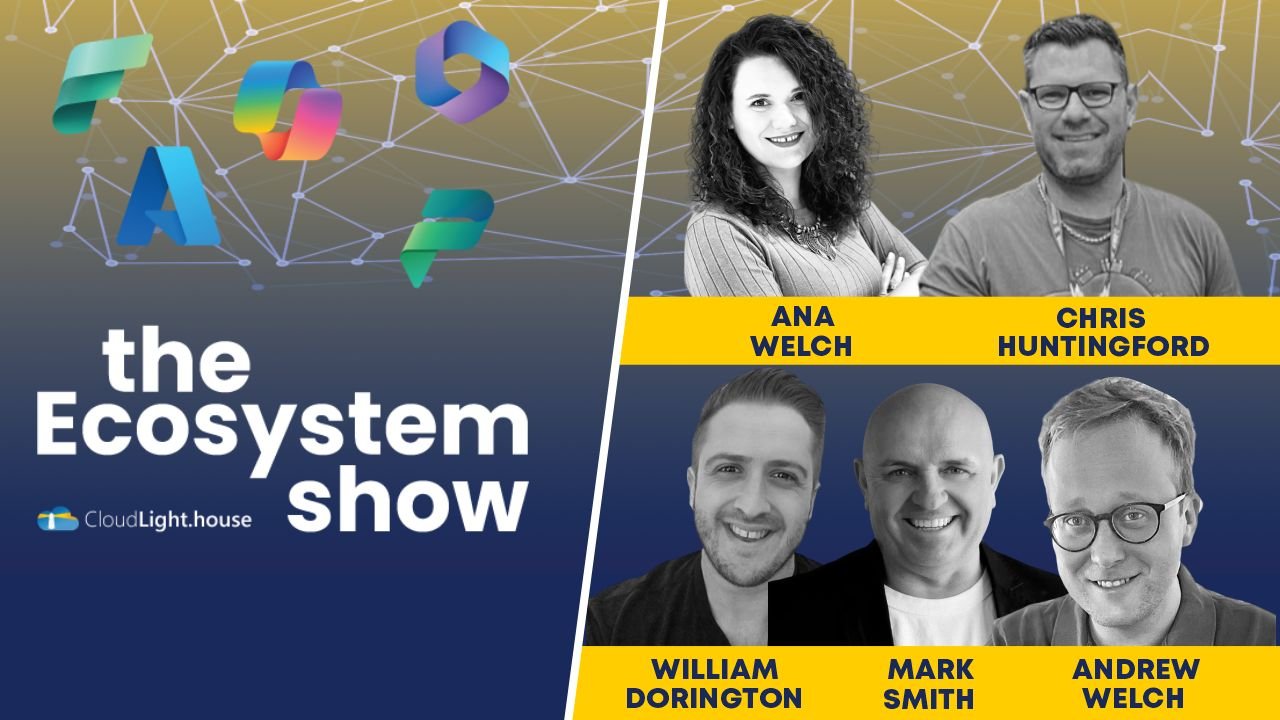
Embracing responsible AI with chaos engineering and governance
As AI systems become more integrated into our daily lives, it’s never been more critical to ensure they operate ethically. There are significant risks if not governed properly through informed practices, making responsible app development not just a necessity, but a cornerstone for building trustworthy AI systems that adhere to ethical standards and regulatory requirements. When an organization upholds this commitment, it not only mitigates potential harms but also fosters trust among users and stakeholders, thereby establishing the foundations for long-term success.
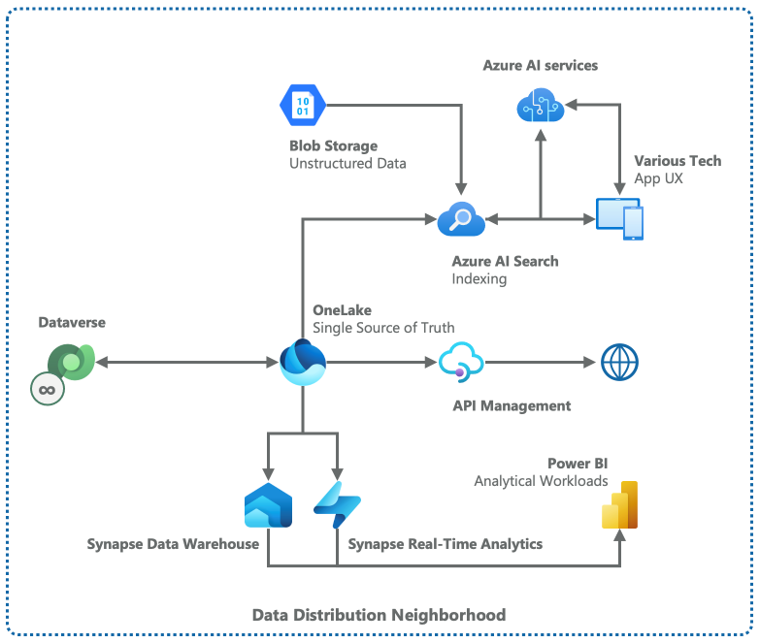
Data Distribution in Power Platform
When taking on the question of how Power Platform integrates with Azure data services, Point-to-Point, Data Consolidation, Master Data Node, and Data Distribution evolve a similar theme. Specifically, each focuses primarily on transactional data during any given users interaction with it. “Data Distribution” is different, focusing more on data distributed for analytics, enterprise search, integration with third-party or external sources via API, data science workloads, or training or augmenting a large language model (LLM). This blog overviews the Data Distribution pattern.

Unveiling Learn, architecture in PubSec and AI strategy framework
the Power Platform: Why Free is not Cheaper.” Get a behind-the-scenes update on the current and upcoming “Learn” courses, and hear from the authors about the insights behind the first verticalized view of Ecosystem-Oriented Architecture in the Public Sector, as well as the exciting release of the new AI Strategy Framework.
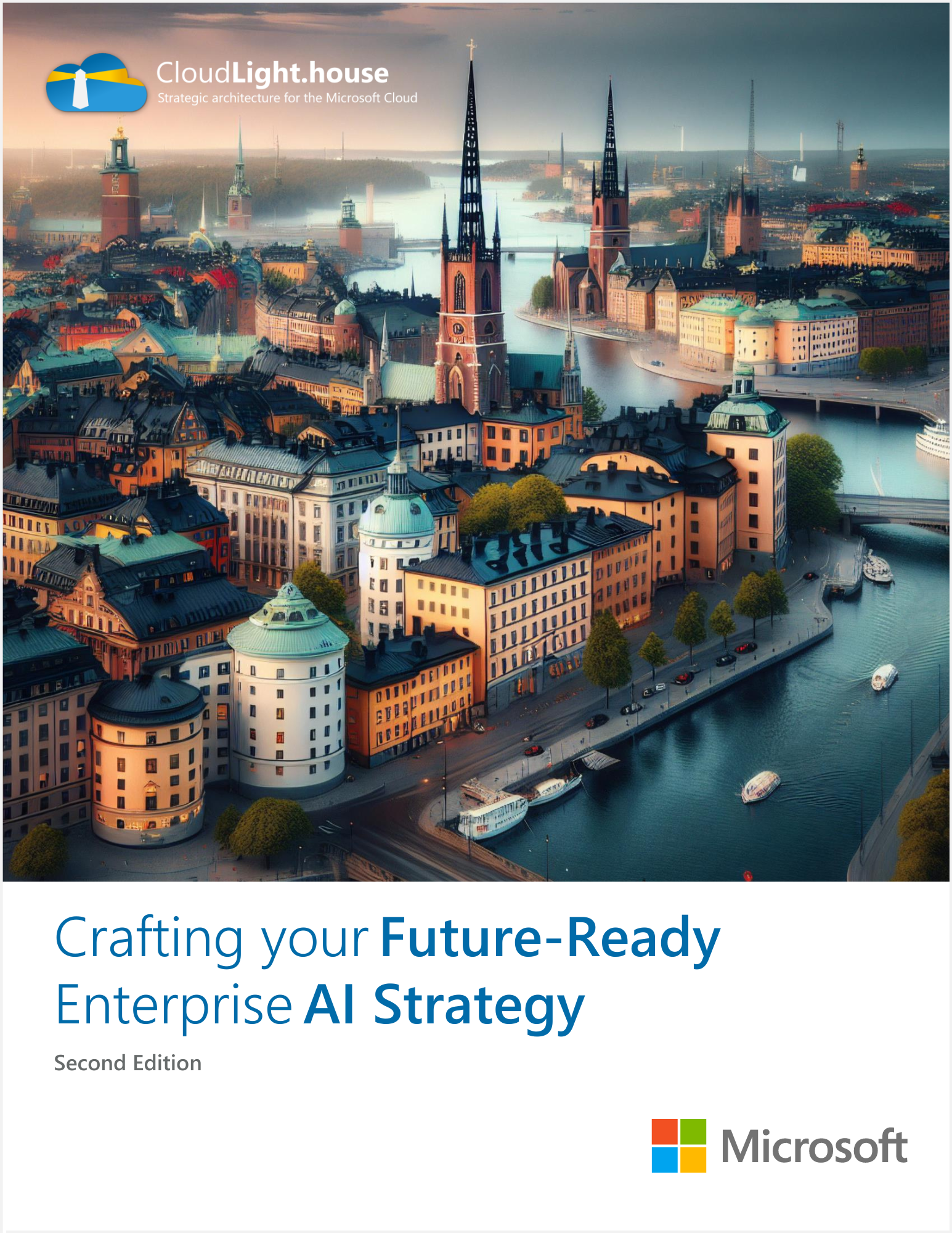
Whitepaper: “Crafting your Future-Ready Enterprise AI Strategy, e2”
It has become obvious how difficult so many organizations are finding it to actually craft and execute their AI strategy, in part because of the (often) decades they’ve spent kicking their proverbial data can down the road, in part because it turns out that enterprise-grade AI really does require the adoption of ecosystem-oriented architecture to truly scale, but largely because many organizations have no idea where to start. Many lack the wherewithal to really assess where they stand on day one, and to identify areas where they must mature to get to day 100 (and beyond).
We’ve learned a great deal about maturity and readiness for - and responsibility to the ethics of - AI over the past year, as well. It’s now time to broaden the thesis, so in this second edition we offer a model through which organizations may realistically assess their current maturity to adopt and scale artificial intelligence, and then identify specific areas to invest time, talent, and funding along their journey.

Whitepaper: “Ecosystem-Oriented Architecture in the Public Sector”
This whitepaper offers CIOs, enterprise architects, and other public sector technologists a comprehensive introduction underscoring the need to adopt ecosystem-oriented architecture (EOA) to build scalable, resilient, and flexible cloud ecosystems that can absorb successive waves of technological change.

Microsoft Power Platform Conference 2024 in Las Vegas 🇺🇸
The global Power Platform community converges in Las Vegas from 18-20 September 2024 for the Microsoft Power Platform Community Conference! Join Mark Smith, Chris Huntingford, and Andrew Welch together with Dona Sarkar to build your AI strategy with low-code, become an AI extensibility expert with Power Platform, and learn why “free” licensing is not cheaper in the long-run. Join us!
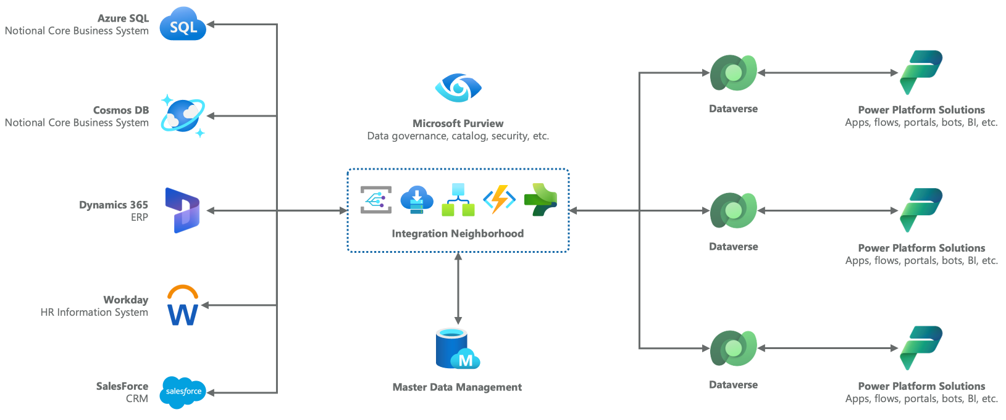
Five strategies to integrate Power Platform in your data platform architecture
When comparing architectural models for Power Platform, it’s important to avoid the instinct to choose just one. Instead, the goal is to explore various approaches that enable different scenarios for integrating Power Platform solutions with enterprise data. Each organization should strategically mix and match these approaches, considering factors like performance, flexibility, maintainability, and cost. This strategy allows for creating adaptable patterns within a cloud ecosystem where Power Platform plays a key role.

Whitepaper: “Scaling your Enterprise Cloud with Power Platform”
Power Platform has been woven into the fabric of enterprise IT for far longer than most people realize, and, as such, is often the backbone of mission-critical “Tier 1” workloads. This white paper is the technology leaders’ guide to strategic Power Platform in a modern cloud ecosystem, diving deep on some of the most important methods of scaling your entire enterprise cloud—data, AI, applications included—with Power Platform: Using Power Platform with your enterprise data, lowering your long-term costs, securing and governing your data to reduce risk, infusing AI into daily work, then scaling AI across your org, and scaling your cloud and other tech investments with specialized capabilities.

Business value and ROI: a help or hindrance?
Is the business value toolkit simply “another tool” attempting to explain away a leader’s decision-making in some quantifiable fashion; freeing them from the responsibility of taking action in the absence of data?
Or, does it provide a true measurement of impact, helping IT tell a compelling story of ROI? Aligning with the organization’s concepts of what “true value” means to them?

Navigating what’s real vs. what’s snake oil in today’s AI marketplace
“So, here’s this company that has gone to the legal trouble to rename itself with ‘AI’ in the name, but doesn’t actually know what the thing it’s now named after is.”
There’s such extraordinary noise around AI right now, but this comes with a big dose of snake oil where every company is suddenly claiming to be an AI expert. How do organizations navigate the maze and separate the real from the hype?

Is AI on the radar for people and orgs outside the tech industry?
Every organization on the planet ought to be thinking through its game plan for AI. But is AI on the radar of people and organizations outside the tech industry? Many have tried a proof of concept, but many have not progressed beyond that. How do we uncover scenarios where AI can really help an organization?

Why Power Platform is essential to your modern data platform
It’s very difficult to build a data platform today that reaches its full potential without also building Power Platform into that data platform. Power Platform’s greatest value lies not in the app, but in the data the app collects or serves back to its users. Power Platform isn’t an app phenomenon. It’s a data phenomenon. Apps are only so useful if you’re not able to use them with your organization’s data. Andrew’s new Microsoft white paper articulates so clearly—from simple to advanced—the five patterns of data integration between Power Platform and a modern data platform backed by Azure data services and Microsoft Fabric.

We’re answering great listener questions on the Ecosystems Show!
Ana’s and Andrew’s two-year-old prefers Ms. Rachel to the Ecosystems Show, but we’re pressing on this week answering questions that we didn’t have time to get to during our recent live panel show at the DynamicsMinds conference. How important is Copilot in the cloud ecosystem? How do you define the boundaries of an ecosystem? Is it vendor-specific? What do we need to do to be ready for AI? Where’s the best place to start with tooling and techniques needed to build an ecosystem? More!

Surveying the landscape: Ecosystem Show in-person at DynamicsMinds 🇸🇮
The Ecosystem Show comes out swinging against Ryanair, and then talks tech for this special in-person recording at DynamicsMinds 2024 in Portoroz, Slovenia 🇸🇮! Join us as we survey the Microsoft cloud technology landscape with reflections from this great conference, talking ecosystem architecture, the modern data platform, AI agents, and other announcements from Microsoft Build.

Cloud Lighthouse @ European Power Platform Conference 2024 🇧🇪
The global Power Platform community converges in Brussels, Belgium 11-13 June 2024 for the European Power Platform Conference! Andrew, Chris, and Ana alongside Capgemini’s Carl Cookson will be there sharing how to Dataverse, Azure data platform services, and adoption best practices help you scale Power Platform across your organization. Join us!

Is the IT project dead? How can partners and customers adapt?
Is the age of IT partners implementing software via the venerable “IT project” over? As our tech moves faster, is the tyranny of the deliverable making traditional IT projects more and more obsolete? Many consultancies are out there trying to deliver technology using a 30-year-old “project-based” model, just as many customers are still accepting (or even seeking!) this fundamentally outdated way of doing business.
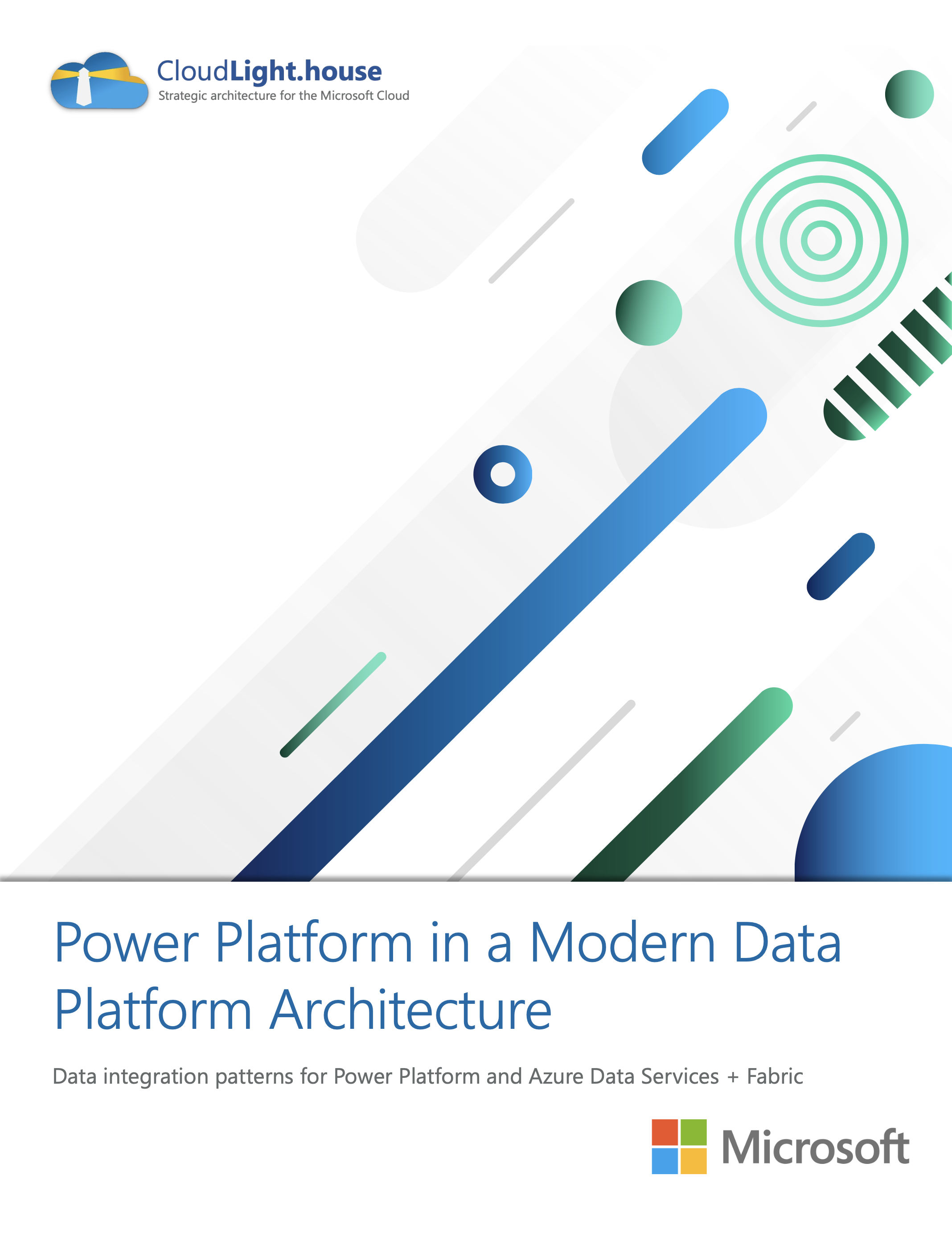
Whitepaper: “Power Platform in a Modern Data Platform Architecture”
For all the talk about Power Platform as a ‘’low-code’’ tool (and this is the last time I will use the word), for all the attention given to how supposedly easily it allows non-technical users to create simple apps, Power Platform’s greatest value lies not in the app, but in the data the app collects or serves back to its users. Power Platform isn’t an app phenomenon. It’s a data phenomenon. This white paper takes on the question of how Power Platform integrates with Azure data services including Microsoft Fabric, outlining five patterns that organizations ought to mix and match to extract Power Platform’s greatest value.
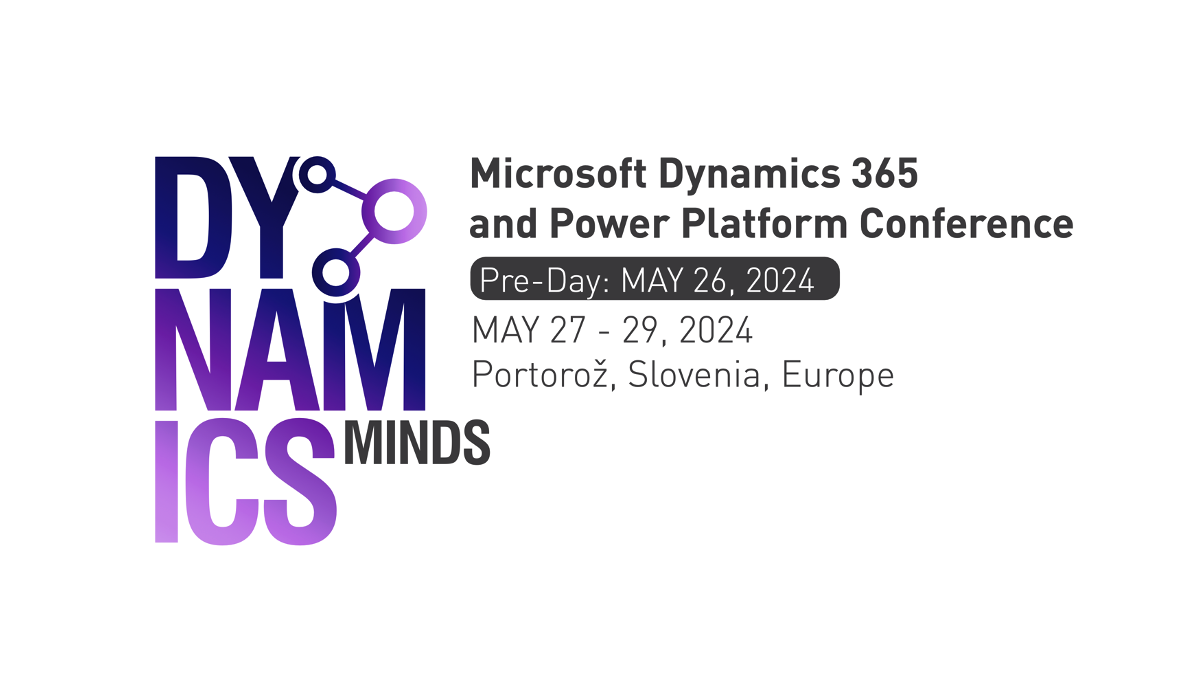
Ecosystems Podcast live, and much more at DynamicsMinds 2024 🇸🇮
Convergence and integration of technical services are coupling with modern organizational models for accelerating rapid application development to create more and more scenarios where Power Platform and the Azure Data Platform are inextricably linked. Put another way, the data platform has grown ever more sophisticated whilst at the same time solutions developed in Power Platform demand access to more and more enterprise data. This session explores five strategies for integrating these two technology sets in the Microsoft Cloud: Point to Point, Direct to Master Data, Master Data Node, Data Landing Zone, and Modern Data Platform. We’ll consider ideal scenarios, advantages, and disadvantages of each before concluding with real-world examples of organizations who have done this in practice across several industries.
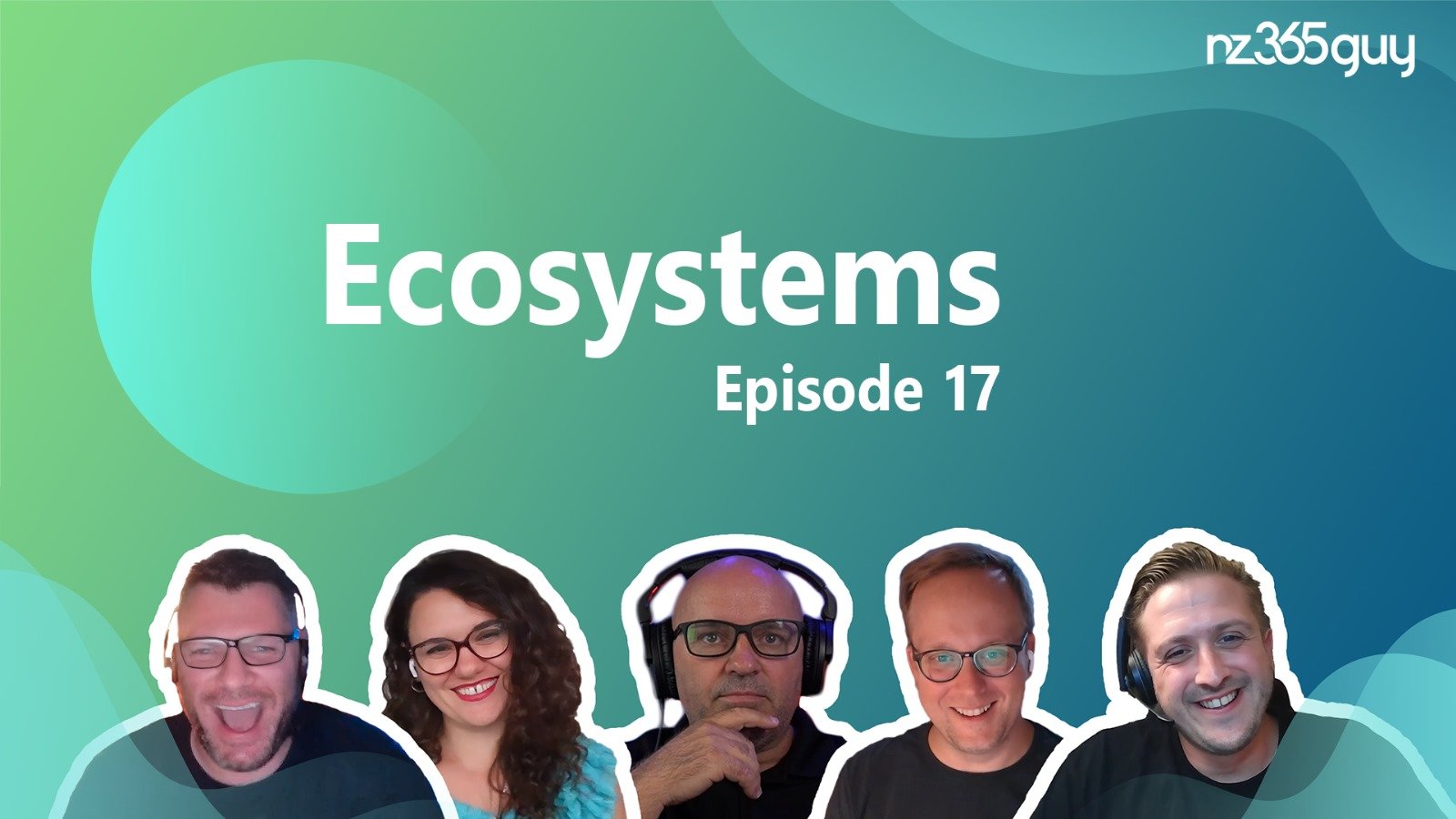
How does the Cloud evolve in different populations and cultures?
Is cloud technology generally and the Microsoft Cloud specifically evolving differently in economies with different populations? The world is much bigger (or smaller?) than the United States and Europe, so what does that mean for technology? How does geographic and population variation—and different dynamics in business culture—impact cloud ecosystems around the world?
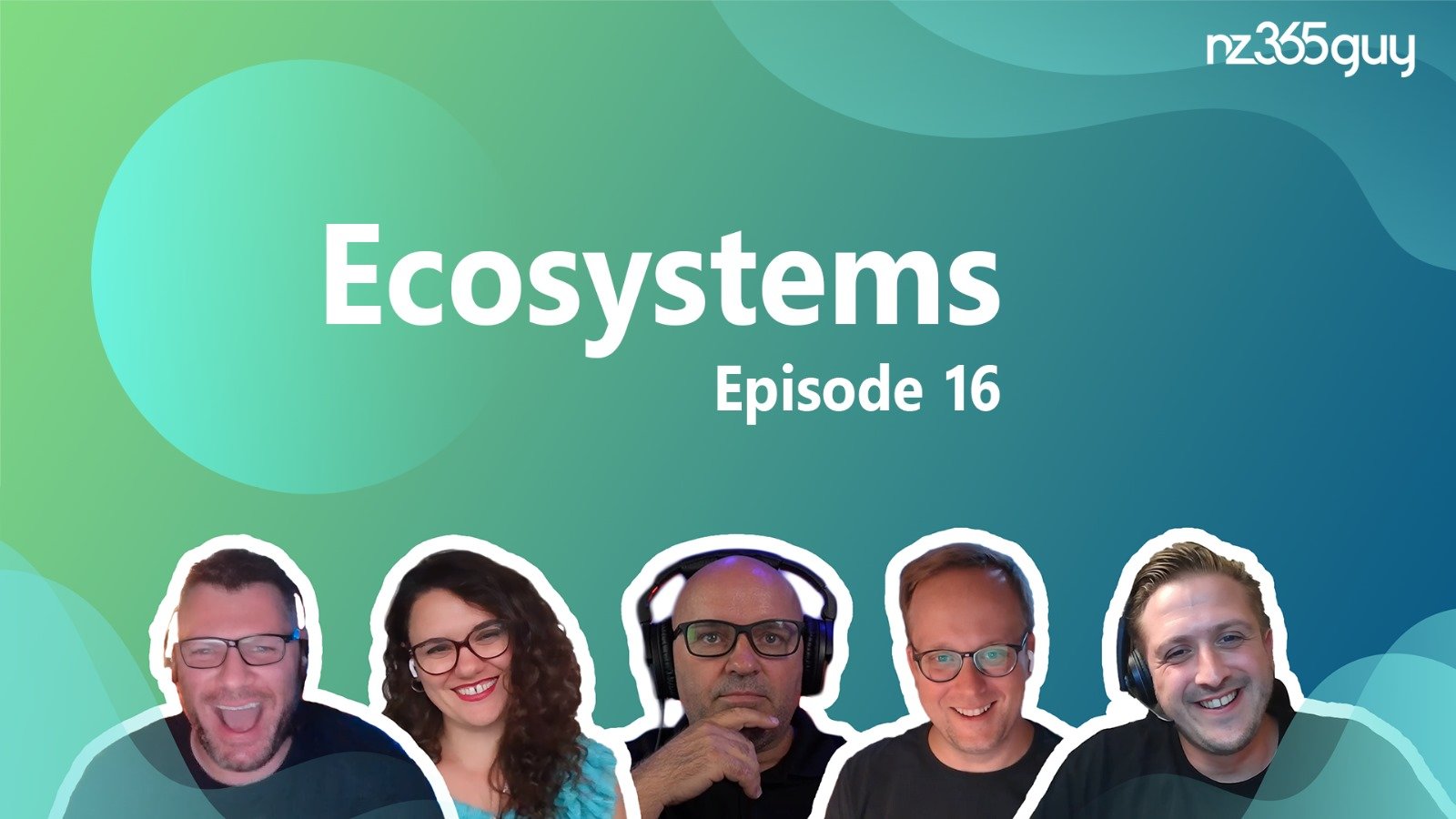
Why don’t more orgs build “anchor apps” with Power Platform + Azure?
Join Mark Smith, Andrew Welch, and Will Dorrington as they take on “anchor apps”, the essential large-scale applications crucial for organizational operations, known in ecosystem-oriented architecture as “core business systems”. These apps or “workloads” are significant, particularly compared to the many, smaller apps that are bought off the shelf or developed using tools like Microsoft Power Platform. The hosts share several of their favorite examples encountered over their time working with Power Platform across sectors and geographies, including anchor apps responsible for transportation logistics, evidence collection in law enforcement, and in military operations. Despite their importance, there’s a noted lack of recognition for anchor apps developed on platforms like Power Platform or Azure, often amidst a fragmented tech landscape that leads to underutilized premium licenses. The conversation underscores the need to better recognize and leverage anchor apps to showcase the strengths and return the big value of low-code platforms.
